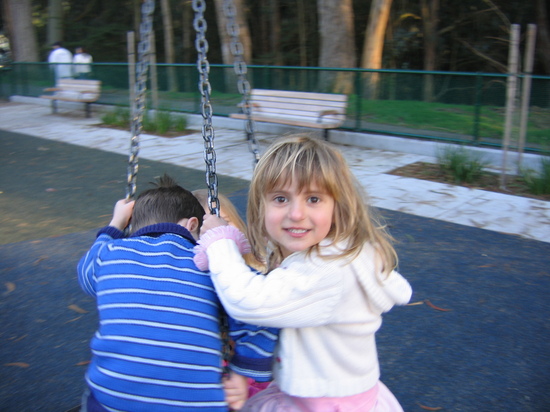1. That I think the Victorians might have had the right idea. Dressing in black mourning clothes, shunning celebrations and receiving visitors who came to pay homage to the deceased child was what was expected of bereaved mothers in the 19th century. At one time I'd have viewed these antiquated mores as rigid, inappropriate and punitive. After losing my daughter, they sound like a healthy way of being true to one's grief and sharing it with the community in a somber manner congruent with our sadness. Author Jana Riess describes mourning clothes as a "mourner's EZ Pass," a sign that the bereaved need "a wide berth" and "cultural latitude." Rather than stigmatizing death and coaxing the bereaved to move on as we do today, mourning clothes "gave people permission to take time to grieve."
2. That I'm not ready to dispose of my daughter's meds. They've migrated from the food prep area of the kitchen to the top shelf of the crafts cupboard. Why would I be attached to them? For the last five years of my daughter's life, meds were part of Natasha's daily ritual and administering them to her was part of mothering her. I gave them to her first thing in the morning and last thing at night; only on an empty stomach and only after meals; daily, every eight hours, every four hours and as needed. I learned how to inject them subcutaneously (wash hands, swab injection site with alcohol wipe, remove cover of needle, grasp skin, place needle at 45-degree angle, insert needle, follow with: "I'm so sorry, Honey!"); and I learned how to administer antibiotics through her IV (wash hands, close roller clamp and place spike port into outlet port, fill drip chamber, open roller clamp, tape tip of tube to tubing, put on sterile gloves, clean PICC line with alcohol wipe, push saline through tubing, connect tubing to PICC line -- and repeat six hours later). Getting rid of Natasha's meds implies an outward acknowledgement that I've let go of one of my most critical responsibilities in mothering her. Irrational perhaps, but I'm not ready to do that.
3. That I still can't read a book. I can skim light nonfiction, but novels and biographies are too cumbersome. They require me to relinquish the reality of my life and invest in someone else's. That's too challenging. Maybe this will change in time.
4. That goodness touches me now more than ever. Heartfelt attempts from friends and even strangers to reach out, to comfort without judgment, to share memories, to photocopy cards that Natasha made for them, to donate money to pediatric cancer research in honor of her brief life are gestures that have sustained us. If losing a beloved child is a reminder that we live in a brutal world, the outpouring of goodwill is another reminder that kind people live among us.
5. That loss is now expressed in "grief bursts." These are short, excruciating pangs of grief that ambush the bereaved and replace the near-constant searing hemorrhaging experienced during the earlier phase of loss. I struggle with how to deal with them. The experts suggest a brisk change of environment, diverting oneself with an activity or surrendering to grief until the emotional purge has run its course. Option number three is the one that seems to work best.
6. That despite the passing of time, our grief is still fresh, unfamiliar and frequently intense.

This post first appeared on The Mourning After Natasha.